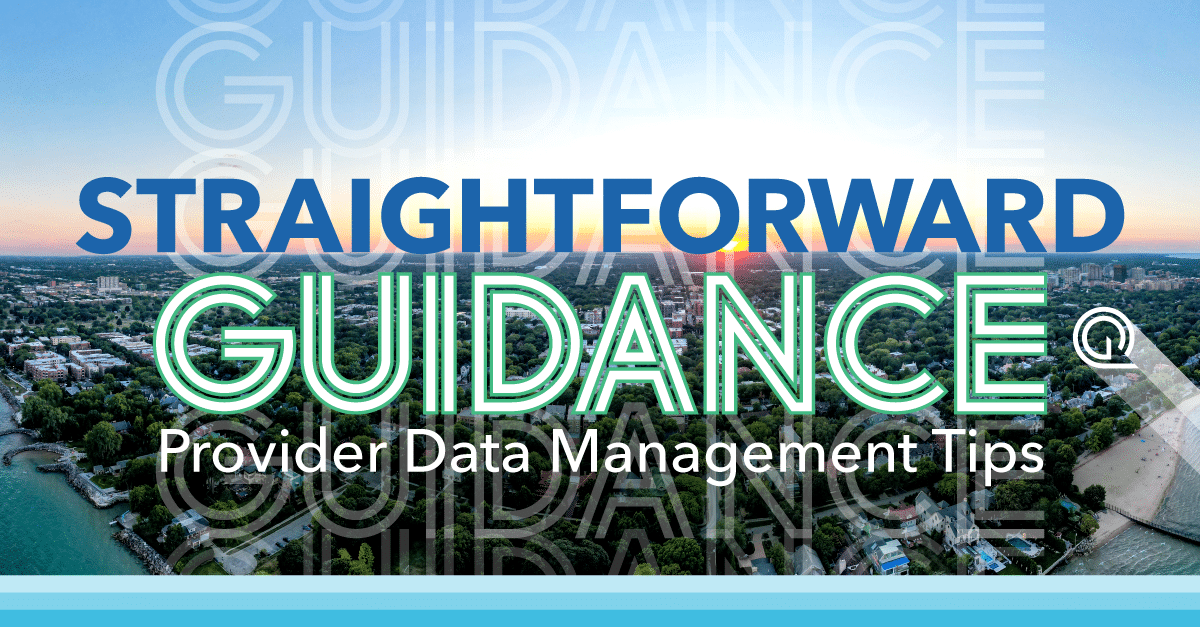On October 29, 2020, the Department of Health and Human Services (HHS), the Department of Labor, and the Department of Treasury released the final version of the Price Transparency Rule. The rule requires most private health plans (self-insured, ERISA), including group health plans and health insurance issuers to publicly disclose the rates they pay healthcare providers for specific services. Additionally, plans and issuers must provide easy-to-understand personalized information on enrollee cost-sharing for healthcare services. For the first time, most consumers will be able to get real-time and accurate estimates of their cost-sharing liability for health care items and services from different providers in real-time, allowing them to both understand how costs for covered health care items and services are determined by their plan, and also shop and compare health care costs before receiving care. While the rule is designed to make information on healthcare prices available to consumers, here are some of the key highlights we’re discussing with our health plan partners.
Price Transparency: Timeline and What It Means For Health Plans
To minimize the potential burden of the new requirements, a three-year phase-in approach was adopted. Health plans that prepare today can differentiate their offering in the market and create a competitive advantage.
Phase 1
Starting on January 1, 2022, plans and issuers must regularly update and publish three machine-readable files on the insurer’s website in a location at the insurer’s discretion.
Machine-Readable File Requirements
1. In-Network Rate File – Negotiated rates for all covered items and services between the plan or issuer and in-network providers
2. Allowed Amount File – Historical payments and billed charges for out-of-network providers
3. Prescription Drug File – In-network negotiated rates and historical net prices for all covered prescription drugs by plan or issuer at the pharmacy location level
Phase 2
On or by, January 1, 2023, plans and issuers must provide an online shopping tool that will allow consumers to see the negotiated rate between their provider and their plan, as well as a personalized estimate of their out-of-pocket cost for 500 of the most shoppable items and services.
Phase 3
Starting on January 1, 2024, the shopping tools will be required to show the costs for the remaining procedures (list will be all-inclusive), drugs, durable medical equipment, and any other item or service consumers may need.
Industry Implications: Data Transparency and Business Operations
While these mandates are still being finalized, it is essential to consider the impact on healthcare network management and business operations.
Similar to the No Surprises Act, the Price Transparency rule significantly disrupts the playing field for both payers and providers in the Commercial market – and adds another layer to what we call, the Era of Provider Network Transparency. The requirement that all Commercial health plans publish in-network rates per provider in a machine-readable format, assumes all health plans have accurate provider data and directories. In other words, for a plan to be successful, it must have accurate data about providers as its foundation. To optimize operations, plan managers and executives will need network management tools that allow them to easily evaluate the value of each provider in the network at any given time.
Additionally, this level of transparency about the plan’s commercial network has a variety of potential implications for our industry:
Health Plans
Smaller plans that reimburse less may have difficulty meeting network adequacy requirements as providers choose to contract with higher paying plans. This could also mean the consolidation of provider networks, which could harm small insurers.
Safety net health plans may be in jeopardy because it will expose their more favorable rates. Further, this could impact the sustainability and affordability of QHPs offered through the Exchanges by placing upward pressure on rates and placing provider participation in networks at risk.
All Plans may want to renegotiate provider rates as they become public . We could see increasing administrative costs for health plans that would need to contract separately with each participating provider.
Self-insured employers (SIEs)
Price transparency could improve provider networks and allow SIEs to make more informed decisions about plan offerings, thereby helping steer enrollees to higher-quality, lower-cost providers and more meaningfully implement value-based payment designs. If nothing else, this enables SIEs to access and use in-network rate data to negotiate lower rates.
Providers: Providers may be unwilling to give a discount to plans and issuers when that discount will be made public, creating a disincentive for plans and providers to establish a contractual relationship (including in narrow networks).
Members: Members could experience higher out-of-pocket charges when plans and issuers switch to a reference pricing structure. Under this structure, participants, beneficiaries, or enrollees who select a provider charging above the reference price (or contribution limit) must pay the entire difference. These differences do not typically count toward that individual’s deductible or out-of-pocket limit.
Shared savings when shopping for and receiving care from lower-cost, higher-value providers via group or individual health insurance coverage, via credit from the Medical Loss Ratio (MLR) calculations.
Accuracy of the Information
The Departments are of the view that it is in plans’, issuers’, and developers’ best interests to provide accurate information. The Departments will monitor the accuracy of the information provided through third-party developers and secondary entities. They will take information obtained through this monitoring into account for future regulatory action or guidance, as appropriate.
Further Machine-Readable Technical Guidance
The Departments are developing technical implementation guidance for plans and issuers, which will be available on GitHub, to assist them in developing the machine-readable files.
Quest Analytics Solutions For Success
Price transparency can be made easier with expert insights into your provider data, network accessibility, and member needs. Let us show you the current status of your provider data and help you put together a plan for meeting compliance and membership needs. Talk to one of our network management experts today.
Sources:
CMS Price Transparency Fact Sheet: https://www.cms.gov/newsroom/press-releases/cms-completes-historic-price-transparency-initiative
Elevate Your Provider Data Accuracy with QES Accuracy
Discover how Quest Enterprise Services® (QES®) Accuracy can make a difference. Our comprehensive solutions enhance your process, offer better data transparency, reduce ghost networks, and improve compliance. Empower your organization to excel in the evolving healthcare landscape. Learn more about Quest Enterprise Services® (QES®) Accuracy today!











